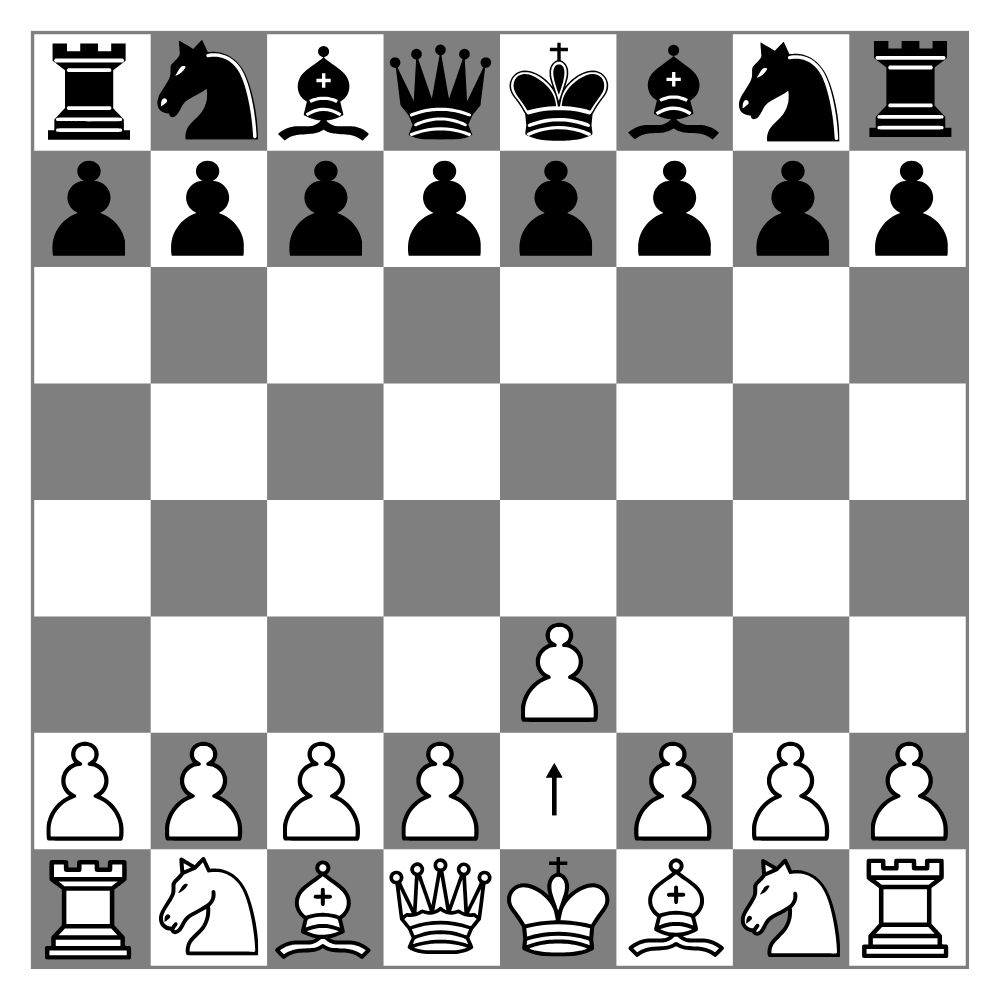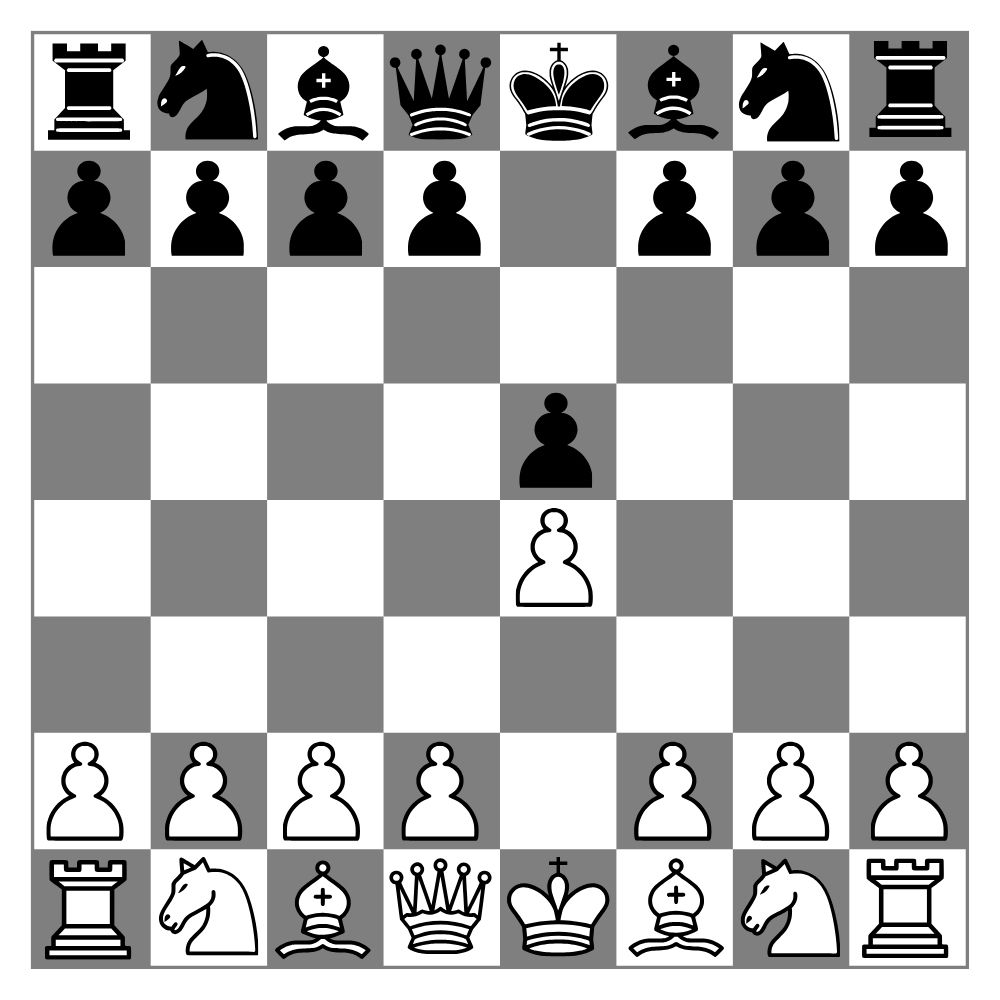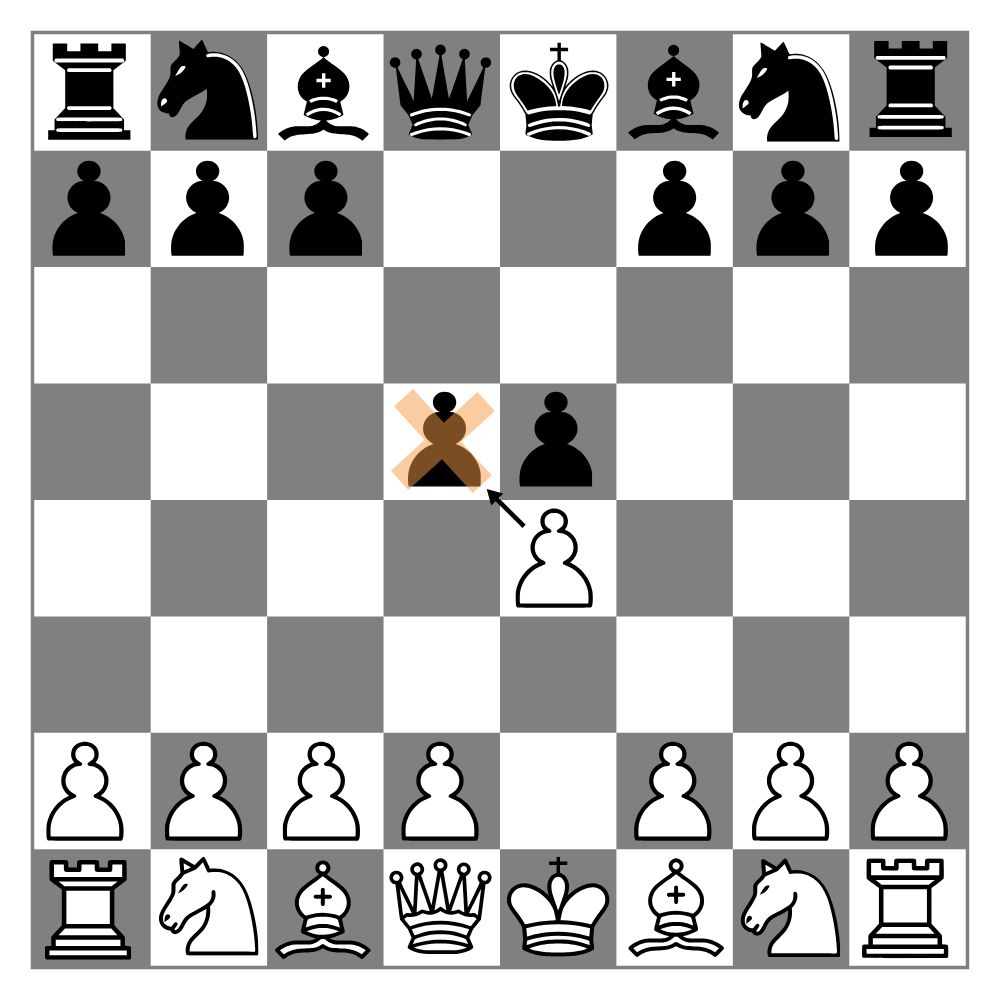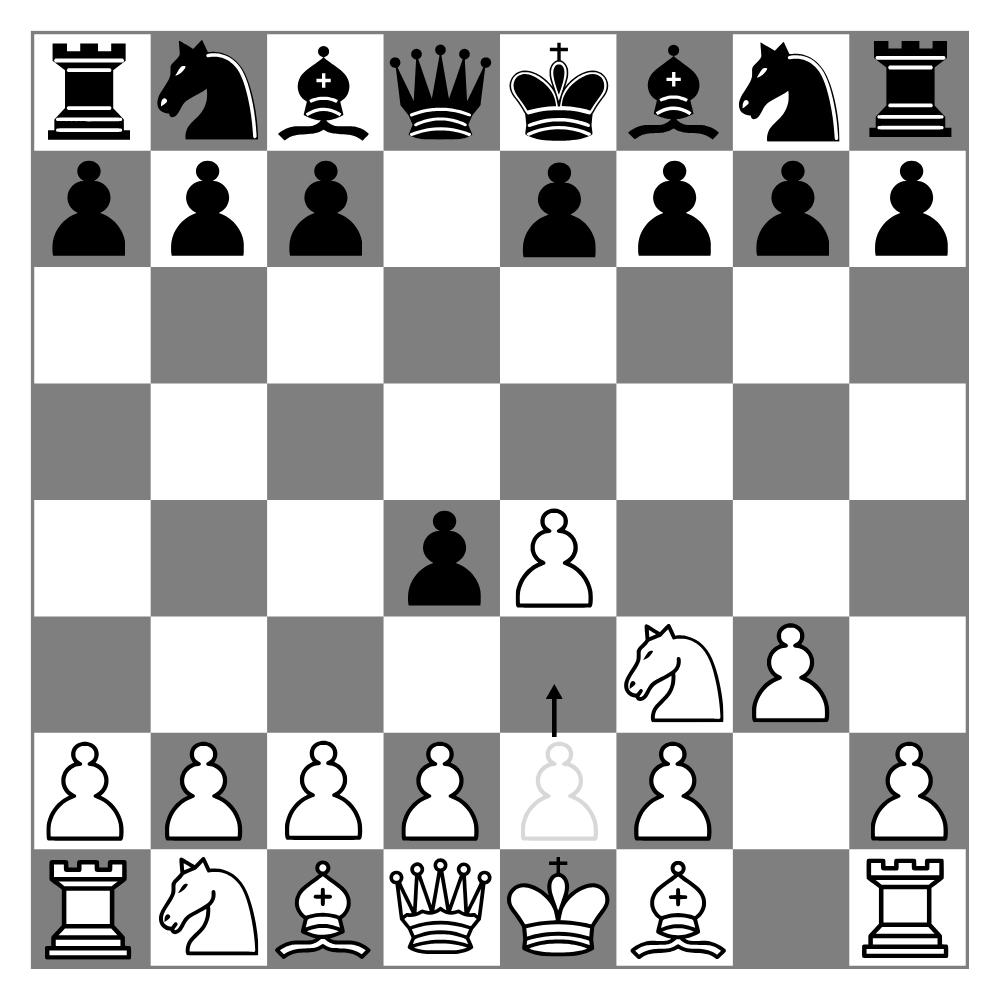To be a pawn in chess is to be seen as expendable. At least, that’s how it often appears. Pawns are the most common piece on the board, just as foot soldiers were in historical battles. Similar to infantry, they also have strength in numbers since they are the most numerous pieces in the game. While they may individually be the lowest in value, they play a crucial role in strategy and can even be the deciding factor in a game.
How Does a Pawn Move in Chess?
Pawns move in a way unlike any other piece on the board. Their movement follows these rules:
- Forward Movement: A pawn moves forward one square at a time.
- First Move Exception: On its first move, a pawn has the option to advance two squares instead of one, as long as there’s no piece in the way.
- Capturing: Unlike their standard movement, pawns capture pieces diagonally. If an opponent’s piece is positioned one square diagonally ahead, the pawn may capture it.



In some situations, your pawn may run into another piece. Since it can only move forward, it is blocked and cannot move again unless that piece moves or something lands in its diagonal and then the pawn can take that piece and then be unblocked.


Can Pawns Move Backward?
No. Pawns are the only pieces in chess that cannot move backward. Once a pawn advances, there’s no retreating—this is why they require careful planning.
Can Pawns Move Sideways?
No. They move forward, attack diagonally (forward) but cannot move left to right like a Rook.
Special Pawn Moves
En Passant – A Unique Side Capture
One of the most unusual moves in chess that can often catch your opponent off guard.
En passant (French for “in passing”) is a special rule that applies when a pawn moves two squares forward from its starting position (first move excepetion) and lands beside an opponent’s pawn. The opposing pawn may then capture it as if it had only moved one square forward. However, this must be done immediately—if the opportunity is missed, it cannot be claimed later.


What Happens When a Pawn Reaches the Other Side of the Board?
This is called pawn promotion. When a pawn reaches the last rank (the eighth row for White, the first row for Black), it must be promoted to another piece. Players usually choose a queen, as it is the most powerful option, but they may also select a knight, bishop, or rook. This can turn the tide of a game in an instant.
Can a Pawn Capture a King?
Technically, yes. A pawn can check and checkmate a king, just like any other piece. However, since the game ends when a king is checkmated, no piece ever truly “captures” the king.
What is a Passed Pawn?
A passed pawn is a pawn that has no opposing pawns blocking its path to promotion. These pawns are incredibly valuable, as they have an easier path to reaching the other side and becoming a queen. Think of it like an open filed in Football and the player has a high likely hood of running across the goal line.
Strategic Uses of Pawns
- Pawn Structure: The way pawns are arranged can determine a player’s overall strategy. Weak pawn structures, such as doubled or isolated pawns, can be a liability.
- Pawn Chains: Connected pawns that support each other create a strong defensive line.
- Pawn Storms: In certain attacks, particularly on the opponent’s king, advancing pawns aggressively can open up key lines and create threats.
The Role of Pawns in Chess Strategy
While they may seem like mere foot soldiers, pawns have the power to shape the game. A well-placed pawn can control crucial squares, restrict an opponent’s movement, or even become the most powerful piece on the board especially through collaboration.
Understanding how pawns move is the first step toward mastering their potential. Whether you’re blocking, attacking, or planning an endgame promotion, these little pieces pack a strategic punch.

